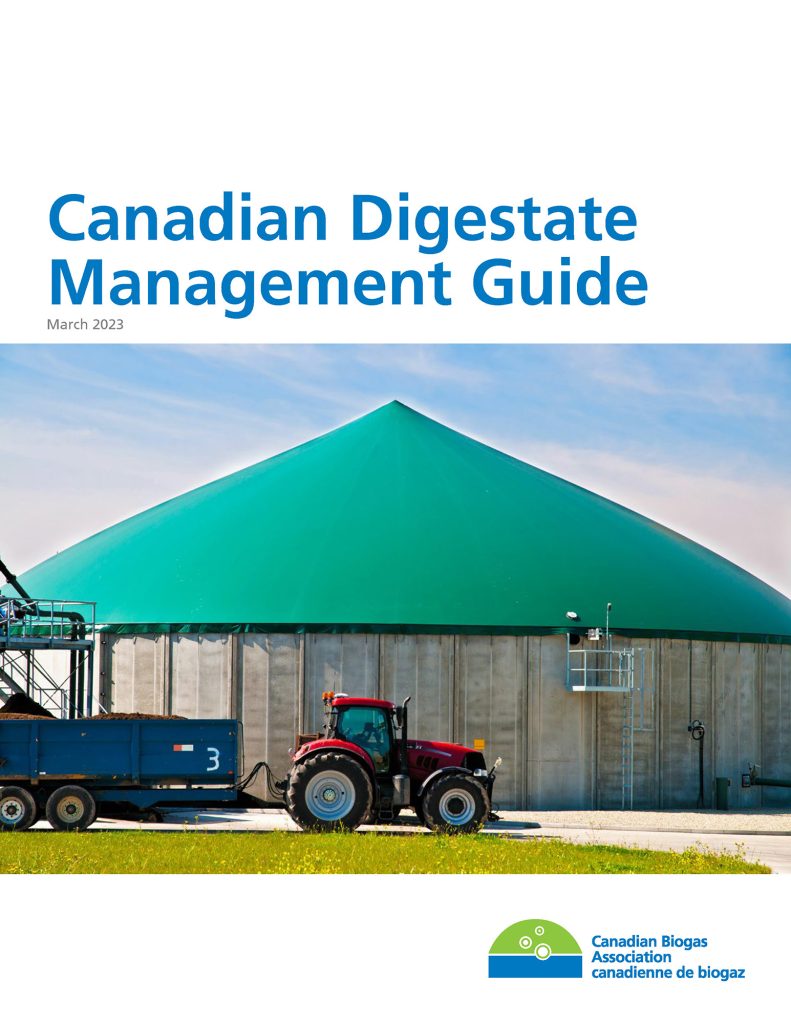This guideline on digestate management has been prepared using the expertise and experience of members of the Canadian Biogas Association (CBA). Azura was pleased to be able to provide technical contribution, review, and editing by David Ellis, utilizing his more than 30 years of experience working with anaerobic digestion systems.
The use of anaerobic digestion, which creates biogas and renewable natural gas (RNG), has continued to grow across Canada and the USA. Anaerobic digesters have two main outputs – biogas and digestate. Biogas or RNG is often the focus of biogas plant operations, however, digestate is also a valuable output as an organic fertilizer or soil amendment. Digestate provides many soil benefits over manure and mineral fertilizers and this guide summarizes best management practices for handling and applying digestate to farmland in Canada.
Throughout this guide readers will learn:
- How digestate is produced
- Key digestate characteristics
- Best management practices for using digestate
- Nutrient stewardship principles for digestate
This Guide provides practical and useful information for maximizing the benefits of the safe use of digestate products. Digestate producers and users should consult with a certified crop advisor or other competent practitioner to ensure that conditions specific to each intended digestate use are duly considered.
Digestate Use in Canada
As of 2020, over 1.2 million tonnes of digestate are produced annually by biogas plants across Canada. There are a number of pathways for using digestate.
Direct land application is the most common use and is a renewable source of soil nutrients. By reducing reliance on mineral fertilizers, using digestate is a sustainable practice that helps lower greenhouse gas emissions.
Digestate can also be sent for further processing. For instance, de-watered digestate can be trucked to an aerobic composting facility that turns the material into a final compost product. The blended material, the co-composted output, product can then be marketed under local regulatory regimes for compost.
This guideline is a valuable resource for developers, operators, government entities, and any organization or individual with a role to play in, developing, siting, or operating anaerobic digestion facilities.
A copy of the guideline can be requested from the Canadian Biogas Association.



